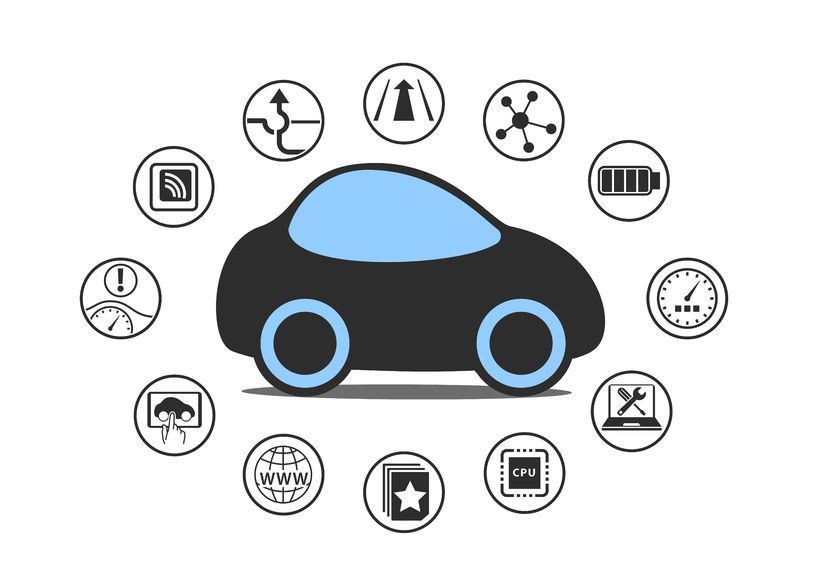Self-Driving Cars—The Evolution Of This Technology
With the first fatality involving a pedestrian and an Uber self-driving car last March in Tempe, Arizona, this new technology is now undergoing some transformation in the way the technology itself is perceived as well as it’s future. This incident has brought up questions that could affect the research and industry itself.
Below are 3 areas that are under more scrutiny for self-driving cars since the fatality:
- Public trust– According to surveys, there seems to still be a lot of skepticism for self-driving cars. And with the recent fatality, there appears to be even more. Uber suspended further testing after the accident and, although they permanently shut down testing in Arizona they are planning on testing again in Pittsburgh this summer. Regarding the public at large there is more trust within certain parameters of this technology. First, in a recent survey they’re not as skeptical of self-driving cars in lower-traffic as opposed to high-traffic areas. People also seem to be willing to use them for shorter trips like a taxi or bus ride. However, most are still leery about a vehicle with no driver controls like brakes or a steering wheel.


2 Government regulation- This has always been a factor in the driverless car debate. Although many people may be skeptical of the technology, many realize this is definitely a major change that will happen for the future of transportation. In 2017, 33 states have already introduced legislation regarding autonomous vehicles so it is on their radar. The US National Transportation Safety Board also recently issued a report that outlines some flawed design specifications that could have contributed to the pedestrian fatality. It’s being suggested by some that strict oversight and regulation by the federal government will be necessary.
3. The technology itself
-It’s well-known that self-driving cars use a combination of sensors and other technological systems that make the cars autonomous.. This includes, global positioning systems (GPS), light detection sensors, radar, cameras and other equipment to help detect where other vehicles, pedestrians and other obstacles are in proximity to the car. However, this first fatality has shown how far the technology has to go to perfect it or get to “Level 5” of the technology, which is the “full automation” stage so that it drives itself safely. As of now, neither Waymo, Uber or any of the other major players are anywhere near that stage. However, rigorous testing continues to be done and this new paradigm of transportation will happen sooner than later.
Despite the unfortunate incident in Tempe, it’s widely believed that self-driving cars, once perfected, can save countless lives. Currently there are approximately 40,000 deaths due to auto accidents in the U.S. every year. Although other fatalities are likely to occur with autonomous vehicles, the overall number will still be greatly reduced as the technology is developed. And thus the continuation of testing autonomous cars. This is good news. It will also disrupt the transportation industry as a whole and it’s still a matter of debate of how this will play out. Driverless cars will eventually be a mainstay of transportation regardless.

